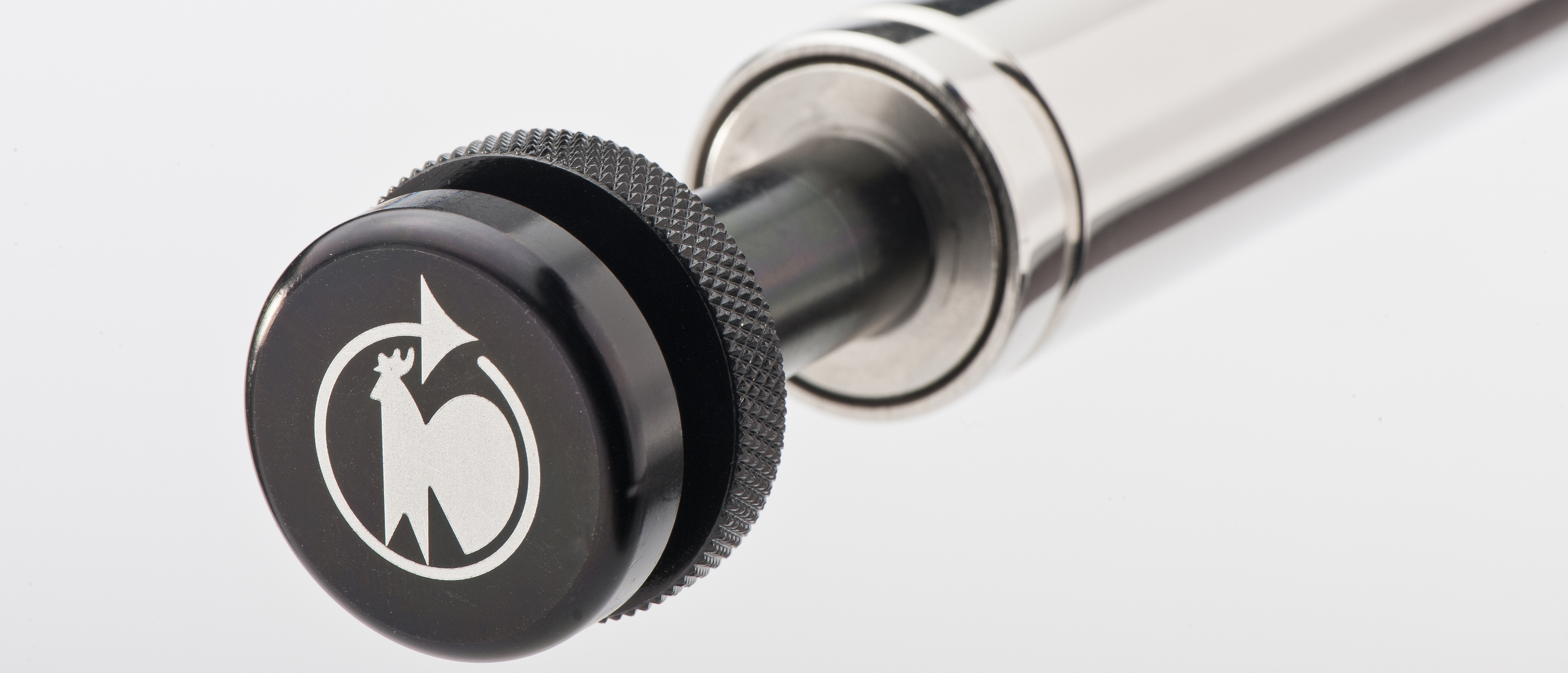Our gas springs are not only robust and powerful, but can also be adapted to special requirements with a variety of extra features. These additional features ensure a longer service life, improved functionality, and maximum protection – even under extreme conditions.
Here you can find an overview of the most important extras:
Wiper ring
Is installed inside the rod guide and prevents foreign substances from entering the gas spring when the piston rod is retracted. Thus, it protects rod guides, seals, and other elements. Available in FKM (sealing material with high thermal and chemical resistance) for high temperatures and NBR (most commonly used material due to its good mechanical properties and resistance to mineral oil-based lubricating oils and greases).
Piston rod seal
Grease chamber
Valve for force adjustment
Like the side valve, it enables exact force adjustment of the gas pressure spring on site to the desired conditions and, unlike the side valve, is located in the threaded pin of the base piece. In a tension gas spring, the valve is located as a valve attachment on the piston rod. First, the end fitting must be unscrewed from the piston rod in order to access the threaded pin and thus the valve.
Side valve
Protective tube
Floating piston
Retraction lock
Short actuation path
HAHN Reducer
HAHN Clean Cap
Cap for subsequent installation. Protects the piston rod seal by removing dirt during retraction. This prevents foreign particles from entering the interior of the gas spring. Particularly suitable for construction machinery where dust and sand can damage the seals. Please note: Stroke and power losses (friction) occur when using the HAHN clean cap. The amount of power loss depends on the operating temperature and the frequency.
The seal system for increased strain (B3)
RK - Friction element
Low-temperature version (NT)
High-temperature version (HT)
Additional valves
Regulator
Overview and sizes
Further details on our extras and products can be found in our catalog.

Do you need customized versions for special applications and requirements? Please get in touch with us. Our team also develops tailor-made solutions for you.
-
Calculation tools

Whether you are interested in gas springs, oil brakes, or sliding door dampers, our experienced specialists will calculate the ideal solution for you that is customized to your requirements. Simply fill out the appropriate form, and we will take care of the rest so that you receive a product tailored to your application.
-
Customer Service

With HAHN Gasfedern Customer Service, you are in the best possible hands. Contact us with your concerns or requests for individual sampling or refills – We offer tailor-made solutions for your requirements and can help you to ensure that your gas springs function perfectly for your application.
-
Training

The HAHN Gasfedern training offers engineers, technicians, and buyers practical training on how to optimally use our gas springs. Thanks to our individual courses, manufacturing insights, and configuration options, we assist you with your product development and help you to avoid potential problems at an early stage.
